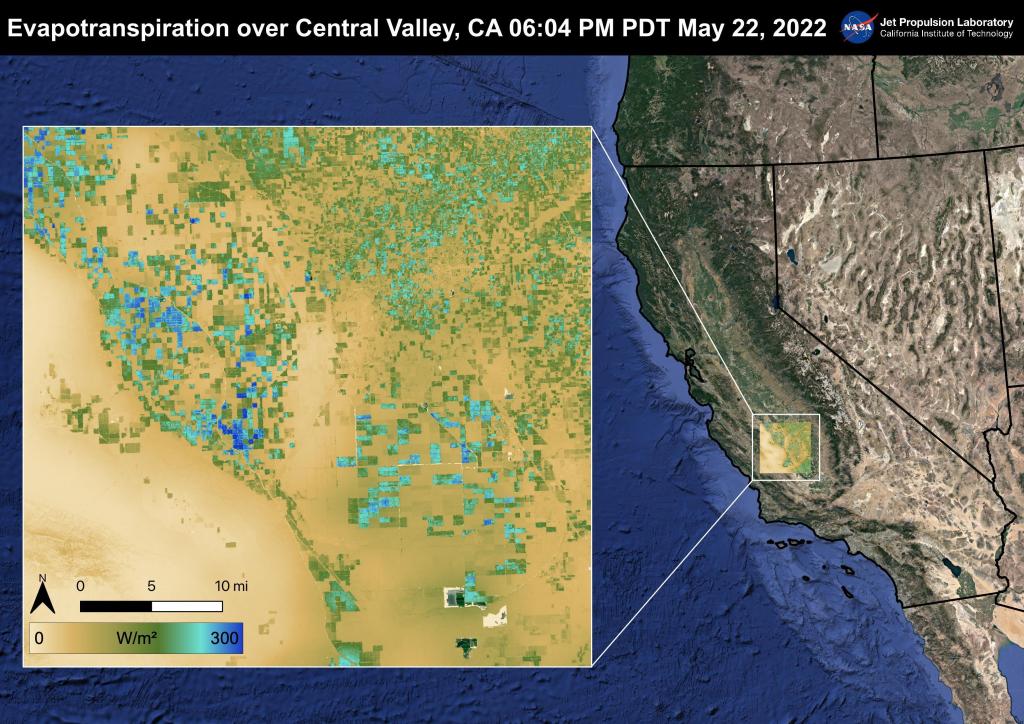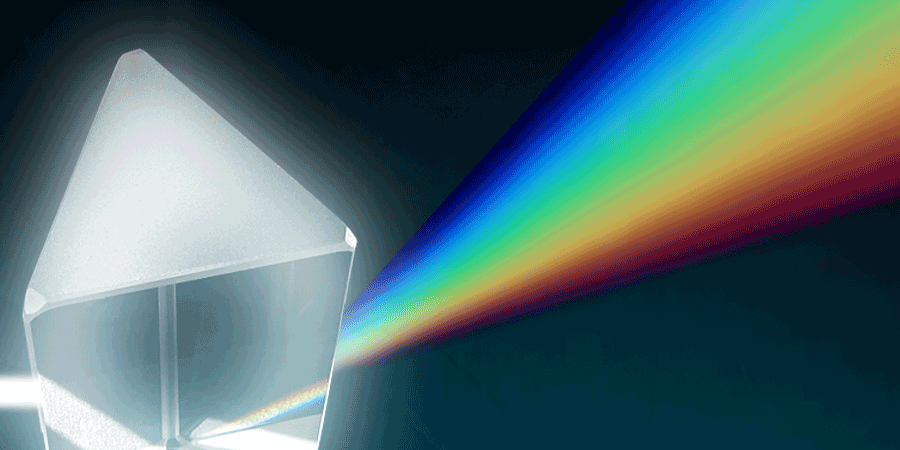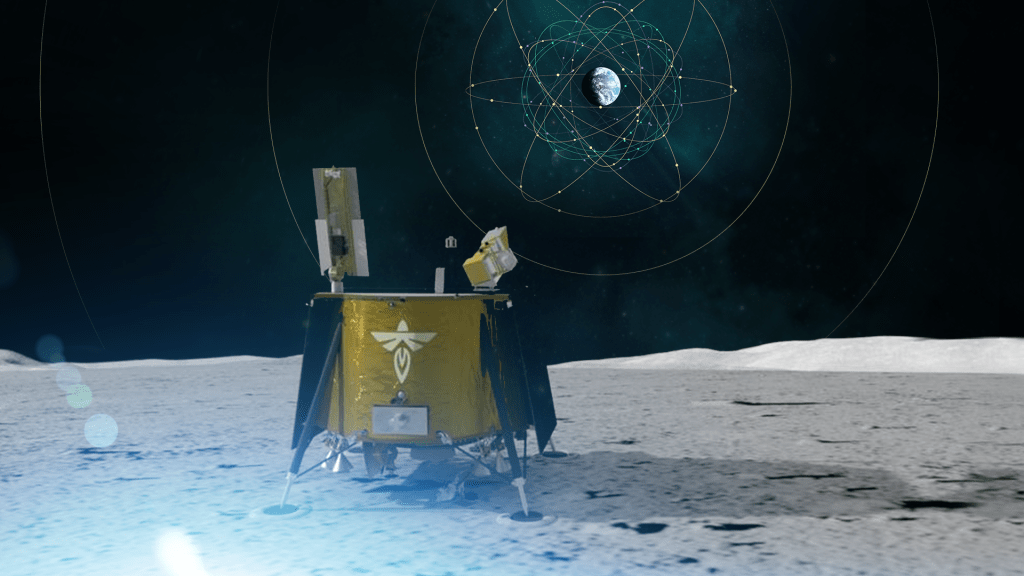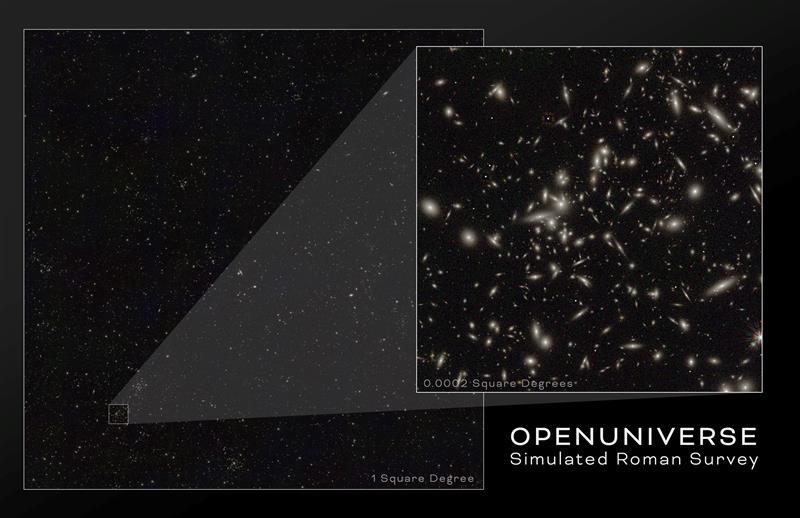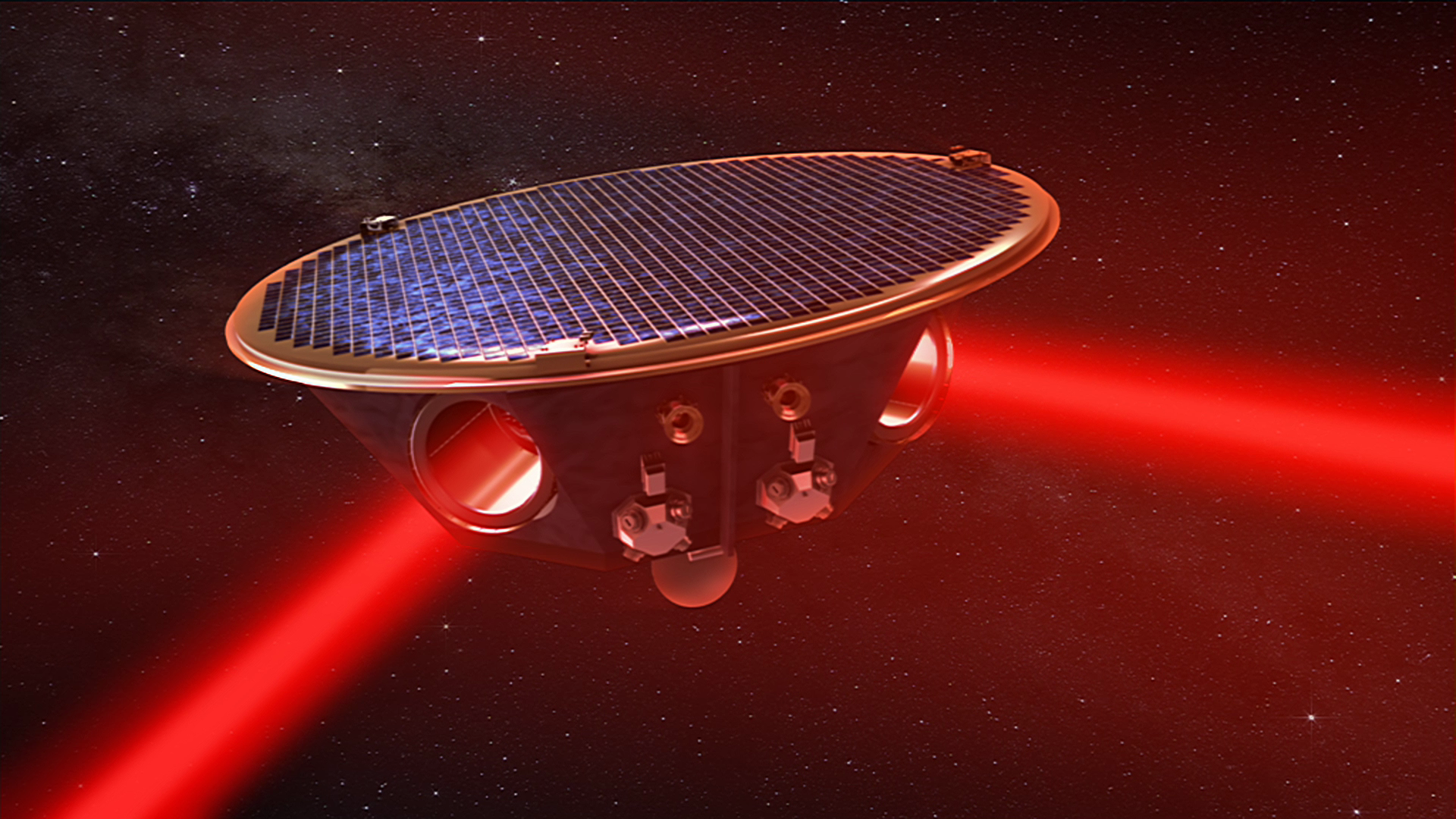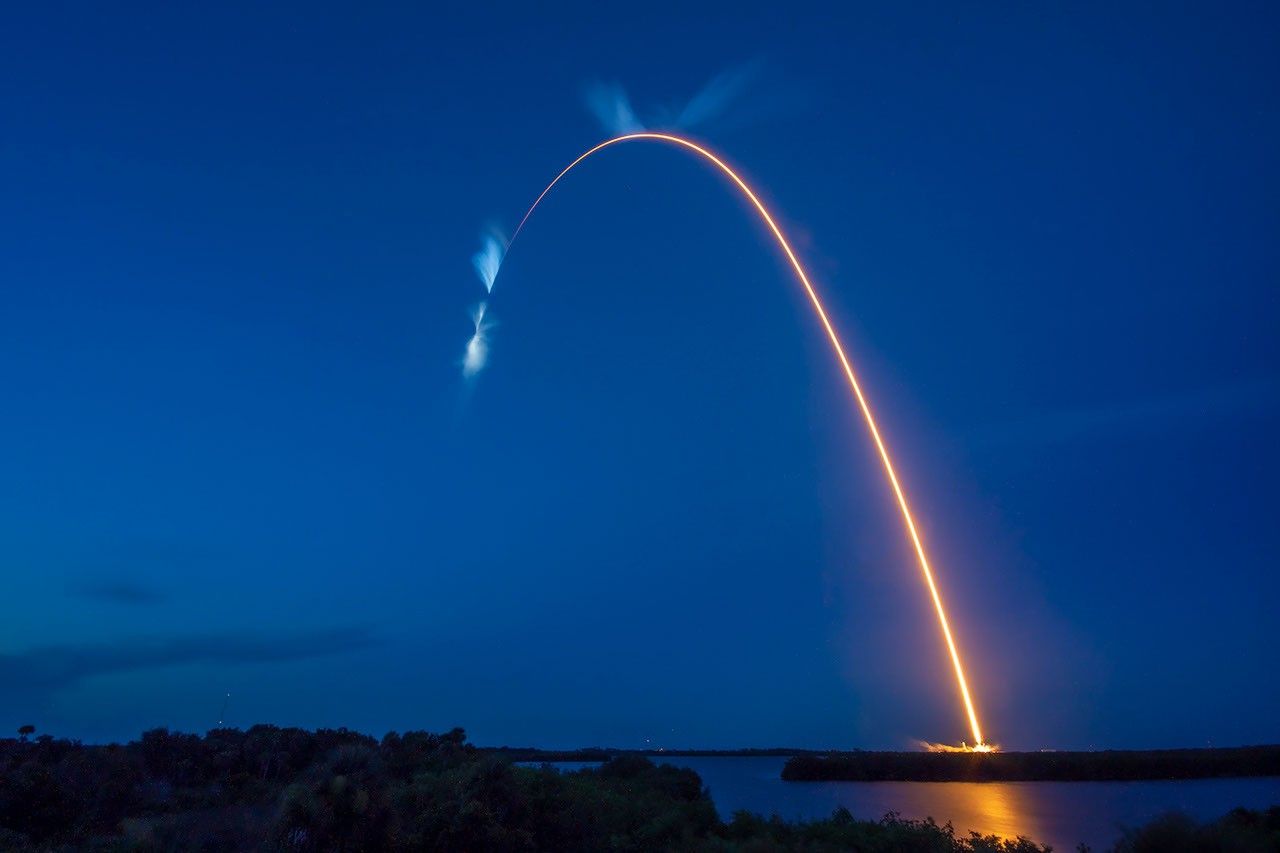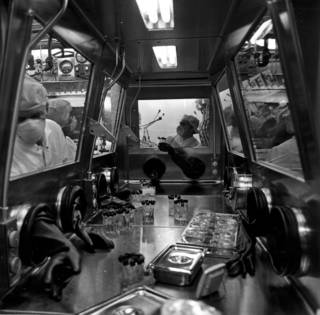
Ames Contributions to Apollo
For a look back in history, see how Ames contributed to the Apollo program and early lunar science.
The first humans who will step foot on Mars are walking the Earth today. It was 45 years ago that Neil Armstrong took the small step onto the surface of the moon. We stand on a new horizon, poised to take the next giant leap—deeper into the solar system. As we develop and test new tools of 21st century spaceflight on the human Path to Mars, we once again will change the course of history.
> Read more: NASA’s Next Giant Leap
> Building on Apollo 11 for the Next Giant Leap
> Apollo 11 and the Future of Human Exploration
> Ames’ current role in human exploration
> Ames’ current role in lunar science
For a look back in history, see how Ames contributed to the Apollo program and early lunar science:
Ames Contributions to Apollo Program

Ames researchers quietly contributed to the Apollo mission. Public attention focused on the spectacular—powerful rockets, massive spaceports, mission control centers, and charismatic astronauts. Ames hosted none of these spectacles. Perhaps the most exciting photographs to emerge from that era, around Ames, were of tiny capsule models ablaze in a high-speed ballistic range or a high-temperature arc jet tunnel. Instead, behind the scenes, Ames researchers gathered knowledge about new scientific fields that needed to be known and tested their technologies with painstaking precision. And they did so with a style that was uniquely Ames. Researchers with many areas of expertise discussed their work persistently and freely, then cooperated to bring every tool they had to solve a very complex problem. And they were given the freedom to work quickly and to their own ideal of thoroughness.
Ames developed some key Apollo technologies, most importantly technologies to allow the astronauts to return safely to earth. Building upon what was already two decades of research on re-entry physics and material science—a discipline today known as aerothermodynamics— NASA researchers at Ames devised the basic shape of the Apollo capsule and its thermal protection system. Today, almost sixty-five years later, all spacecraft are still derived from essential insights earned at Ames.
Before Ames began its work many thought that a spacecraft re-entering the Earth’s atmosphere at meteoric speeds would, like a meteor, burn into a fireball. Those who speculated about spacecraft design suggested pointy cone-shape tips of hardened metal to pierce the atmosphere with the least possible friction and the slowest possible melting. Harvey Allen stepped outside the conventional thought, and took an entirely fresh approach. In 1948 Allen advanced the blunt-body concept, which was further developed by Alfred Eggers and Dean Chapman.
They conceptualized that, with a blunt body, atmospheric air would still heat up as it crossed the bigger bow shock wave in front of the spacecraft. However, that air would be heated at a distance from the spacecraft then pass harmlessly around it and into the wake of gas behind the body. With less heat near the spacecraft, different types of heatshield materials could be imagined. Such a radical idea met with resistance, so Ames set about to prove it to the rest of the aerospace community.
Ames then used its practical expertise in wind-tunnels and its theoretical expertise in hypersonics and built free-flight tunnels to determine which precise blunt body shape would be best during re-entry. These ballistic ranges shot tiny metal models into an onrush of air to reach the actual velocities at which they would enter the atmosphere, while delicate instruments recorded the results. These test runs led Thomas Canning to discover that the best shape for retaining a laminar boundary layer, and thus minimizing heat transfer to the capsule, was a nearly flat front face to the blunt body. They also checked these shapes for lift and drag and for aerodynamic stability—so a capsule would not start to tumble. Based on these tests, NASA selected this shape for the Mercury, Gemini, and Apollo capsules.
Once Ames demonstrated which specific blunt-body shape worked best, work began on picking the best materials to protect it with. Since no known materials could insulate against that kind of heat, Morris Rubesin, Constantine Pappas, John Howe and other NASA researchers at Ames developed an ablative heat shield. Ablation meant that the heat shield material was slowly consumed by burning and vaporization, but as it burned it transfered heat into the atmosphere and away from the underlying metal frame of the spacecraft. Surface transpiration also reduced skin friction, which kept the spacecraft more aerodynamically stable.
Ames people then invented and built arc jet tunnels to prove which were the best specific ablative materials. Arc jets are a type of wind tunnel which generate very hot gas flows for minutes so that re-entry heat can be simulated both in terms of temperature and chemistry. Aerospace firms then designed ablative heat shields for the Apollo capsules, and these were then tested again in Ames’ arc jet complex. The result was superb performance from all the Apollo spacecraft during their re-entry into their home atmosphere.
Ames Contributions to Lunar Exploration
Upon their return home, the Apollo astronauts had much good information to convey. Ames had formed a space sciences division, in 1962, to build a community of lunar scientists. Ames scientists analyzed samples of rock and soil taken from the Moon, studied the lunar craters, and measured lunar magnetic fields.
Apollo astronauts spent a total of 340 hours on the lunar surface and carried back to Earth more than 840 pounds of lunar rock. Only at Ames and JSC did NASA build lunar receiving facilities to analyze soil samples returned from the Moon. JSC would identify and isolate hazardous materials in the samples; Ames would explore the essential composition of the lunar materials. So Ames built a very clean laboratory and outfitted it with unique equipment. They observed the carbon chemistry of the samples, and concluded that they did not contain life. This led them to question what kind of carbon chemistry happens in the absence of life. They discovered that the Moon was being constantly bombarded with solar wind and micrometeorites, which left the Moon with a carbon chemistry dominated by the energetic interaction of the Sun, the Moon and cosmic debris.
Ames space scientists also devised magnetometers to study the Moon’s composition and its magnetic fields. Four Apollo missions flew Ames magnetometers to different sites on the surface of the Moon, and two portable magnetometers carried aboard the lunar rovers measured magnetic fields while in motion. These revealed much about the Moon’s geophysics and geological history. For example, the Moon did not have two-pole magnetism like Earth, but did have a stronger field than expected. They also revealed that the Moon was a solid mass, without a molten core like the Earth. Transient magnetic fields were induced by changes in the solar wind. Based on this magnetometer data, NASA developed an orbiting satellite to map the permanent lunar magnetic fields, as well as equipment to measure magnetism in other bodies throughout our solar system.
> View more images from Ames in the Apollo era
History excerpts from “Why Space Research and Space Exploration?: NASA Ames Research Center Contributions To NASA’s 50 Years” (2008), John W. Boyd and Glenn E. Bugos, History Office, NASA’s Ames Research Center





